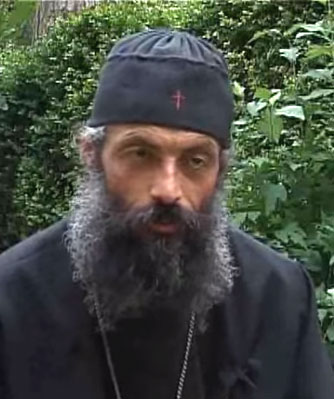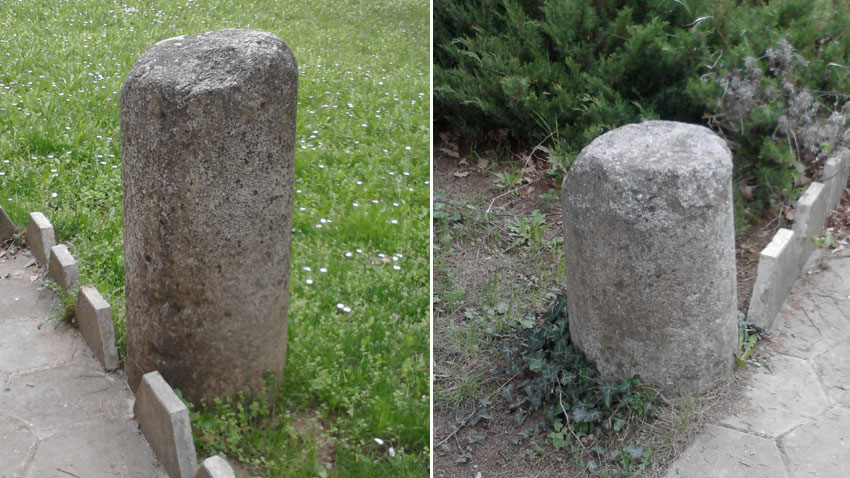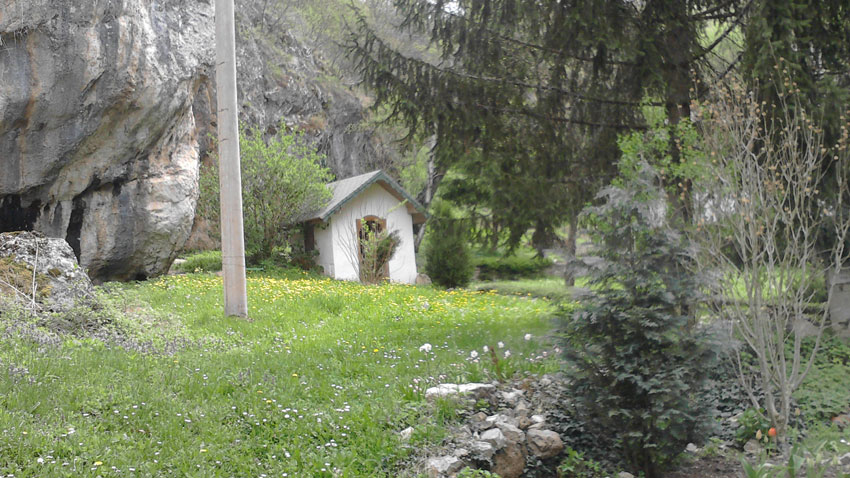The Monastery of Zhablyano St. John the Baptist is hidden in the slopes of Konyavska Mountain not far from the village of Zhablyano. In it monks make a living on their own – with hard work. The precise date when this holy place emerged is not known. Presumably the monastery was built on the plot of an ancient shrine. More about the facts that have reached our time – from priest Kliment:


The history of Zhablyano Monastery is connected with the name of Averkiy Popstoyanov, a monk from Rila Monastery who studied in Bucharest on a scholarship from the monastery. When he returned he became a teacher and introduced teaching methods unknown in Bulgaria. He taught pupils in many towns including Kyustendil where he was head teacher in the middle high school. He was very knowledgeable and his colleagues teachers wrote a letter to the father superior of Rila Monastery asking him to take his monk back because he had left them without pupils. In 1879,Averkiy Popstoyanovbecame father superior of Zhablyano Monastery where he created a monastery school. Besides he built a new church in the place of an old ruined one. “Today only its iconostasis has survived – painted by masters from the leading school of Stanislav Dospevski. It has a more recent line of icons added to it painted in the early 20th century,” father Kliment tells us and says how the monastery is attractive for laymen.

“Above all we do not recognize the so-called new calendar introduced in 1968 – it is not canonical. It was accepted by way of a decree. During communism things happened exactly this way. In the past feasts were marked on certain dates, and today – on different dates. This generates a dual attitude to the church, church feasts and the saints. We want to observe the canon and the calendar the way these were established in ancient times, in the earliest ages of Christianity. We strive to perform the sacraments according to the canon. When in church canons and rules are not observed the way they were established in ancient times this represents a spiritual crime to God. In recent years there has been frivolous thinking in the belief that rituals should not necessarily be performed according to the established canon. Baptism is exactly the act of immersing the whole human body into water. There is enough evidence of this ritual from very ancient times. The Acts of the Apostles and The Lives of the Saints indicate how each apostle was baptized. Even St. John the Baptist baptized Jesus Christ by immersing Him in the River Jordan. These are things that we humans cannot change. They are established by God. The Holy Apostles, Holy Fathers, the whole church has established these rules and canons. We are just sinful men and so we cannot change them. The trouble is that going back to the basics is difficult: you have to start from the very top of the church and sort out these irregularities.”
English Daniela KonstantinovaPhotos: Svetlana Dimitrova
On Good Friday, the saddest day for Christians, the liturgy commemorates the suffering, crucifixion and death of Jesus Christ, who sacrificed himself for the guilt and sins of humanity. The service at the Metropolitan Cathedral "St. Nedelya" in..
In 2025, the Catholic and Orthodox churches celebrate Easter on April 20. It is more joyful when we celebrate the Resurrection of Christ together. This is what Father Stefan from the Orthodox Church "St. Nicholas" and parish priest Father Walter..
On Good Friday, the Church recalls the great sufferings of Jesus Christ, who accepted by His own will to be judged, scourged, spat upon, humiliated, slapped, and shown to the people in a purple robe, with a crown of thorns on His head. With the..

+359 2 9336 661
